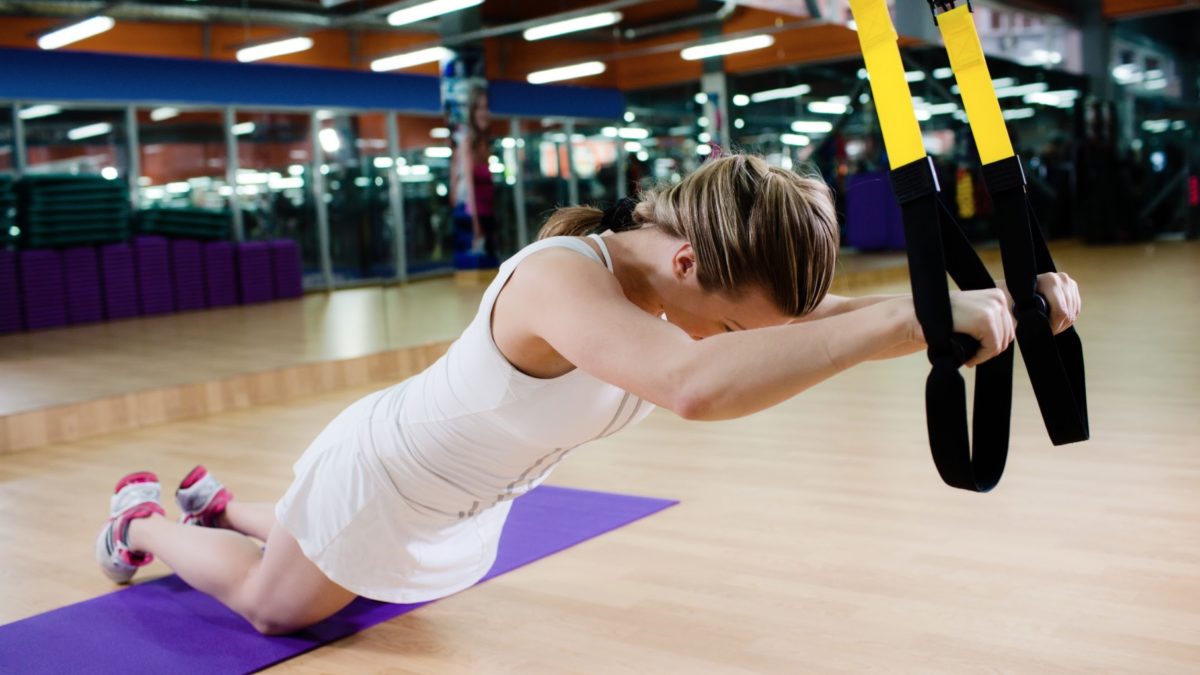How important is stability and mobility to our spine rehabilitation?
Postural irregularities, daily activities in life, professional exercise, and physiological changes caused by aging expose the spine to an increased load that causes pain accompanied by spasm of the paravertebral musculature. It is estimated that 80% of people in the Western world have lower back pain once in a lifetime, while in 10-30% this pain is recurrent.
Group exercise programs that doctors recommend for people with LBD (Low back disorders) are usually yoga or pilates. Why do doctors most often choose these programs? Because there is no aerobic part in these workouts? No weights used? Do they choose less between the two evils? I don’t know.
The differences between the schools and types of yoga and pilates are huge. The basic division would be contemporary and traditional, from which different styles, schools, types are then developed. While traditional Pilates preserves and promotes Joseph Pilates’s original learning and work, contemporary Pilates partly derives from original learning, but also constantly develops new insights based on scientific research. Personally, I am more inclined towards the contemporary approach that we at the Fitness Academy represent, and I believe that with the advancement of science, with the knowledge we have today of the functioning of the human body, Joseph Pilates would surely change his program. He was an innovator, 100 years ahead of his time, I’m sure he would continue in that direction.
And what do contemporary research and some of the world’s leading experts think is important in the rehabilitation of LBD?
The stability of the troops has been imposed as the most important factor in conducting the rehabilitation procedure. Research shows that programs based on active trunk stability have resulted in reduced pain, normalization of daily life, reduced fear of re-injury, and a patient’s subjective sense of satisfaction. (Norris, 2008)
Stability can be defined as the ability of the body to control, maintain the neutral position (in this case) of the torso as movements in the limbs are performed. In the Pilates Manual of the Fitness College, we explain the term stability as the ability of a system to return to its original position as soon as it is destabilized, or as the ability to resist the influence of some force.
Consider, for example, a door that is shackled to a door frame. When we open and close a door, we expect the door to remain stable, that is, not moving. If he were to move, that would mean that the door did not have a stable base around which to move.
The same is true of human movement: the foot, could represent the door, and the hull the jamb; when lifting the leg in an upright position, the movement should take place in the hip, knee, and not the spine. The spine should remain stable, that is, able to resist the influence of forces.
What about spine mobility?
Mobility is defined as the ability of structures or body parts to move or to be moved in a functional range of motion (ROM). It depends on the extensibility of the soft tissues, the structure of the articular coccyx, neuromuscular endurance and strength. Mobility is associated with flexibility, strength, balance and coordination. For a long time, spinal mobility has been linked to spinal damage. The AMA (American Medical Association) has associated decreased spinal ROM with dysfunction and painful spinal syndromes. If ROM in the spine is reduced, the person is considered to be at increased risk for lumbar pain conditions. In this way, they suggested that the spine needs to regain mobility in order to be functional again.
Is that really so?
Scientific evidence shows the opposite. Following a spinal injury, most clients do not respond well to programs that emphasize mobility. For some, the situation even gets worse. Increasing mobility may be worth it for other joints, but generally speaking, it is not worth it when it comes to the spine. I emphasize that we are talking here about spinal rehabilitation after an injury. Therefore, instructors who train people with LBD and in your programs emphasize spine mobility – beware!
Spine stability and mobility in people without LBD
For people without LBD, mobility and stability must be optimal. When mobility and stability are not optimal, a person develops poor biomechanical habits that limit the development of motor and functional abilities and the acquisition of motor knowledge. Appearance of unnecessary, compensatory movements further increases the chances of poor sports performance and injury. A prerequisite for spinal injury is not good posture, developed muscular endurance, no major differences between the left and right sides of the body, a good front-to-back ratio, and optimal (not excessive) spine mobility. Each part of the spine is specific in terms of mobility and stability, in general we can say that in training the emphasis should be on the mobility of the thoracic section to prevent hunched posture, pain, tension and inability to perform daily movements (eg car parking). Mobility should be optimal in all directions (flexion, extension, lateroflexion, and rotation), and the lumbar region should be stable. Increasing the mobility (mobility) of the thoracic spine helps to create a stable lumbar region. If the thoracic part is restricted in mobility, compensation is obtained, ie the next segment (lumbar spine or shoulder blade) performs movement. This increases the instability of the lumbar region and, consequently, the onset of pain.
Conclusion:
When exercising with people with LBD, the emphasis should be on spine stability, motor control, increasing muscular endurance, and performing exercises in a neutral spine position. Spinal mobility is only addressed at a later stage of rehabilitation.
For people without LBS, mobility and stability must be optimal. Generally we can say that in training the emphasis should be on the mobility of the thoracic part and the lumbar part should be stable.





